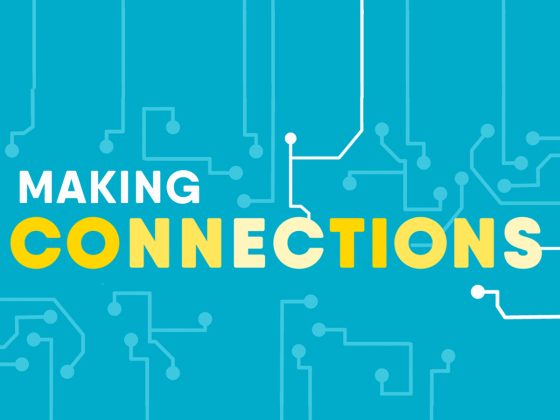
It’s All Connected
There is so much you can do to help kids make lasting connections as their brains grow.
Play is a great brain-builder! As you explore the information in this interactive piece on play development, you can:
- Make a mental note of things you’re already doing to help kids learn and grow, like reading, singing, and pointing out things around you.
- Note common objects you can use to help kids make connections, such as a cup and a spoon to bang together to learn cause and effect.
- Notice how vital your role is in the importance of play in child development. It can make playtime so much more special and valuable when you interact with little ones, plant seeds of ideas, and help take their play to new levels.
- Take screenshots or jot down notes or questions when you see something you want to think more about.
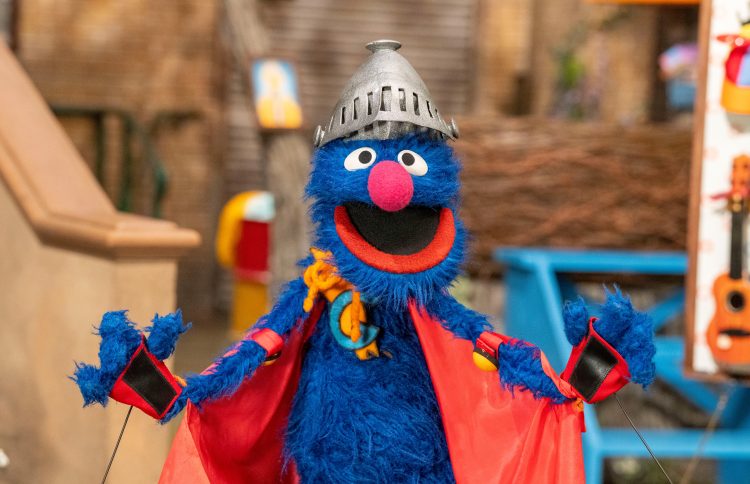
Watch and Play: Grover's Super Suitycase
Watch this episode and explore ways to extend the learning at home.
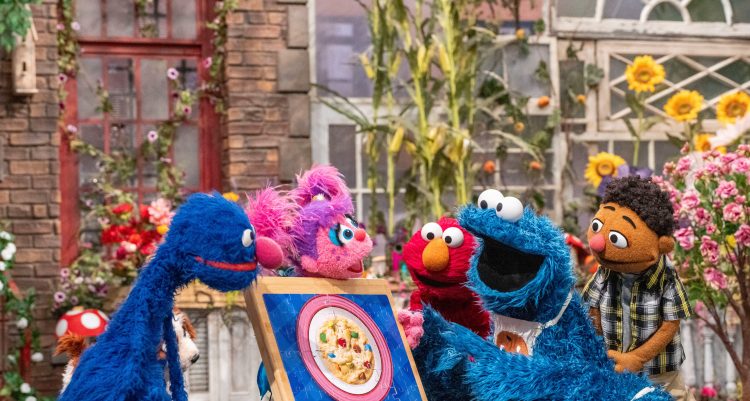
Watch and Play: Cookie Monster's Big Puzzle
Watch this episode and explore ways to extend the learning at home.
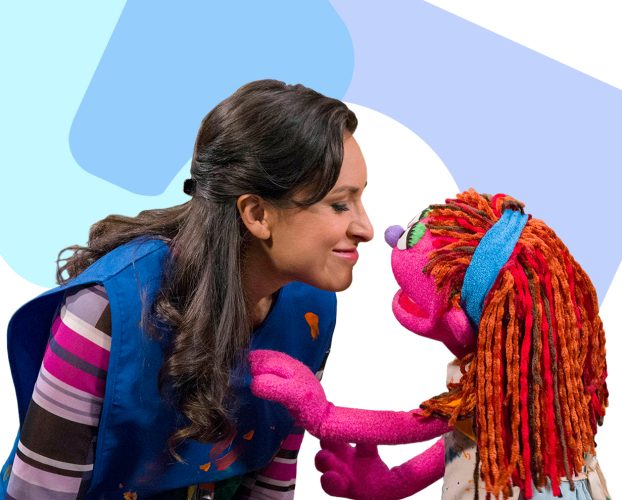
Creating Safety and a Sense of Home
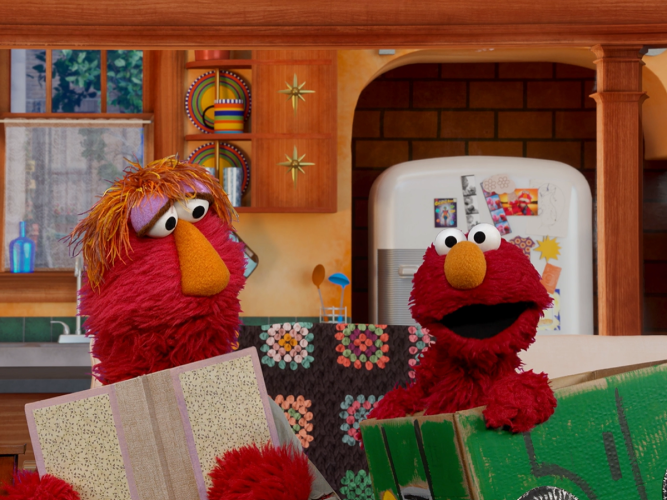
Parenting Moment: Reflecting
The way you talk with children matters… your words have power!
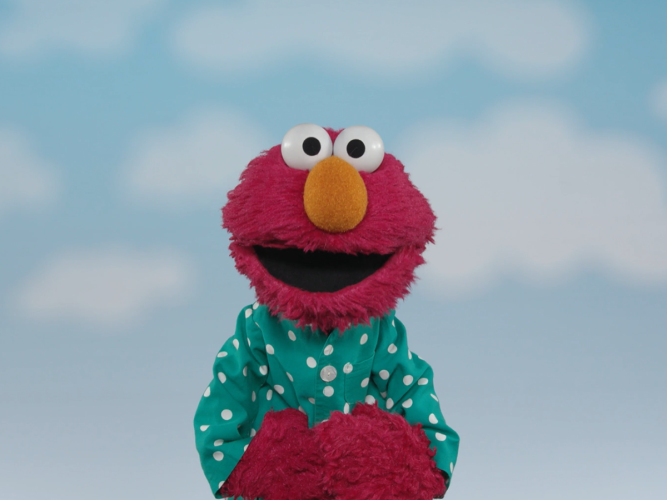
Listen, Feel, and See with Elmo
When children are in the hospital, this mindfulness game can help them soothe themselves.
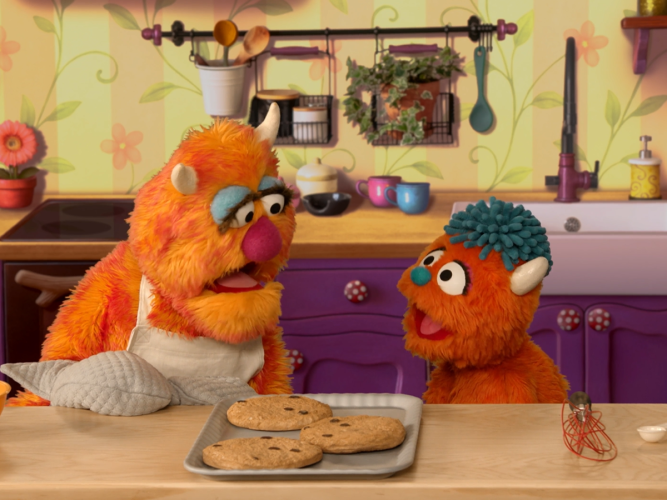
Parenting Moment: Enjoying!
Showing you enjoy your time together with your child builds your special bond. And when you’re being positive, your little one is more likely to do the same.
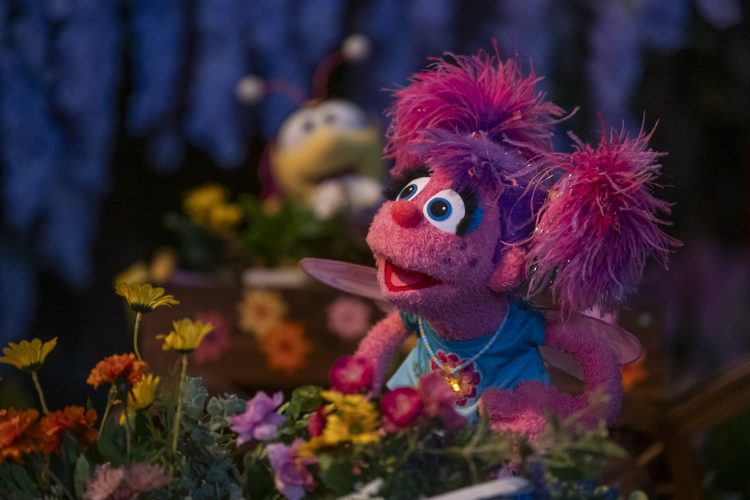
Watch and Play: Abby's Magical Beasties
Watch this episode and explore ways to extend the learning at home.
